Nutrients in kitchen scraps
jennijenjen
11 years ago
Related Stories
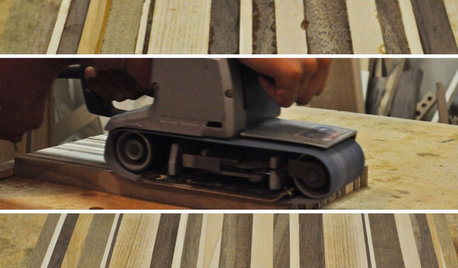
DIY PROJECTSFashion a High-Quality Cutting Board From Scrap Wood
Waste not, want not. This DIY project saves scraps from the landfill, hones your woodworking skills and produces a gorgeous kitchen piece
Full Story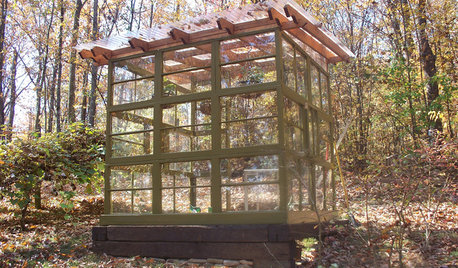
GARDENING AND LANDSCAPINGSee a Family Greenhouse Grown From Scraps
Can-do resourcefulness and less than $400 lead to a new 8- by 8-foot home for plants on a Tennessee family's property
Full Story
GARDENING GUIDESHouzz TV: Make a Worm Bin for Rich Soil and Happy Plants
A worm-powered compost bin that can fit under a sink turns food scraps into a powerful amendment for your garden. Here’s how to make one
Full Story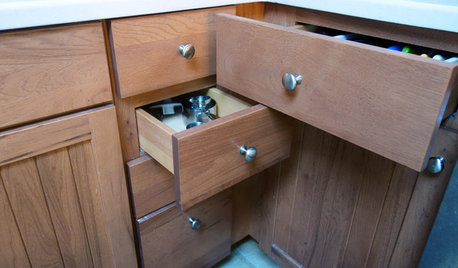
FUN HOUZZ10 Truly Irritating Things Your Partner Does in the Kitchen
Dirty dishes, food scraps in the sink — will the madness ever stop?
Full Story
FARM YOUR YARDHow to Get Good Soil for Your Edible Garden
The nutrients in your soil feed the plants that feed you. Here are tips on getting it right — just in time for planting season
Full Story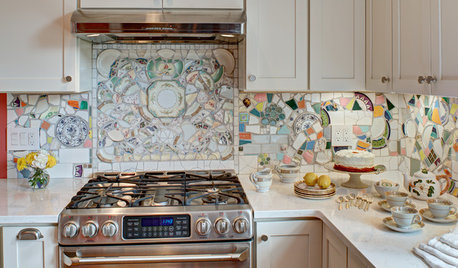
MOST POPULARKitchen of the Week: Broken China Makes a Splash in This Kitchen
When life handed this homeowner a smashed plate, her designer delivered a one-of-a-kind wall covering to fit the cheerful new room
Full Story
KITCHEN DESIGNWhat to Know About Using Reclaimed Wood in the Kitchen
One-of-a-kind lumber warms a room and adds age and interest
Full Story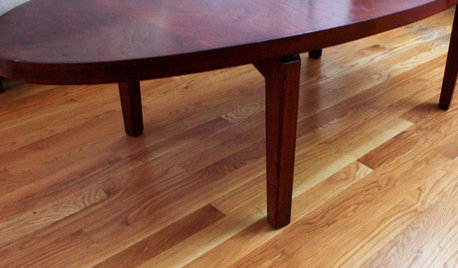
HOUSEKEEPINGFurniture Clinic: Quick DIY Glides for Sofa, Chair or Table
Smooth things over between your furniture and floor with easy glides cut from leather scraps
Full Story
BEDROOMS12 Ways to Add Farmhouse Touches to Your Bedroom
Whether homespun, rough hewn or crafted from scraps, these elements evoke a simpler time
Full Story
FEEL-GOOD HOME10 Reasons to Ditch Perfectionism at Home
Scrap the orderly and the pristine and watch how vibrant and spirited your home can become
Full Story







toxcrusadr
Tiffany, purpleinopp Z8b Opp, AL
Related Professionals
Maple Valley Landscape Architects & Landscape Designers · Carson Landscape Architects & Landscape Designers · Addison Landscape Contractors · Choctaw Landscape Contractors · Clayton Landscape Contractors · Columbine Landscape Contractors · Hurricane Landscape Contractors · Mastic Beach Landscape Contractors · Newnan Landscape Contractors · Smyrna Landscape Contractors · South Portland Landscape Contractors · St. Louis Landscape Contractors · York Landscape Contractors · Blue Springs Decks, Patios & Outdoor Enclosures · Grand Rapids Decks, Patios & Outdoor EnclosuresjennijenjenOriginal Author
toxcrusadr
Laurel Zito
gardengal48 (PNW Z8/9)
gardenlen
luckygal
Tiffany, purpleinopp Z8b Opp, AL
toxcrusadr
toxcrusadr
gardenlen
blazeaglory
blazeaglory
gardenlen
jennijenjenOriginal Author
Kimmsr